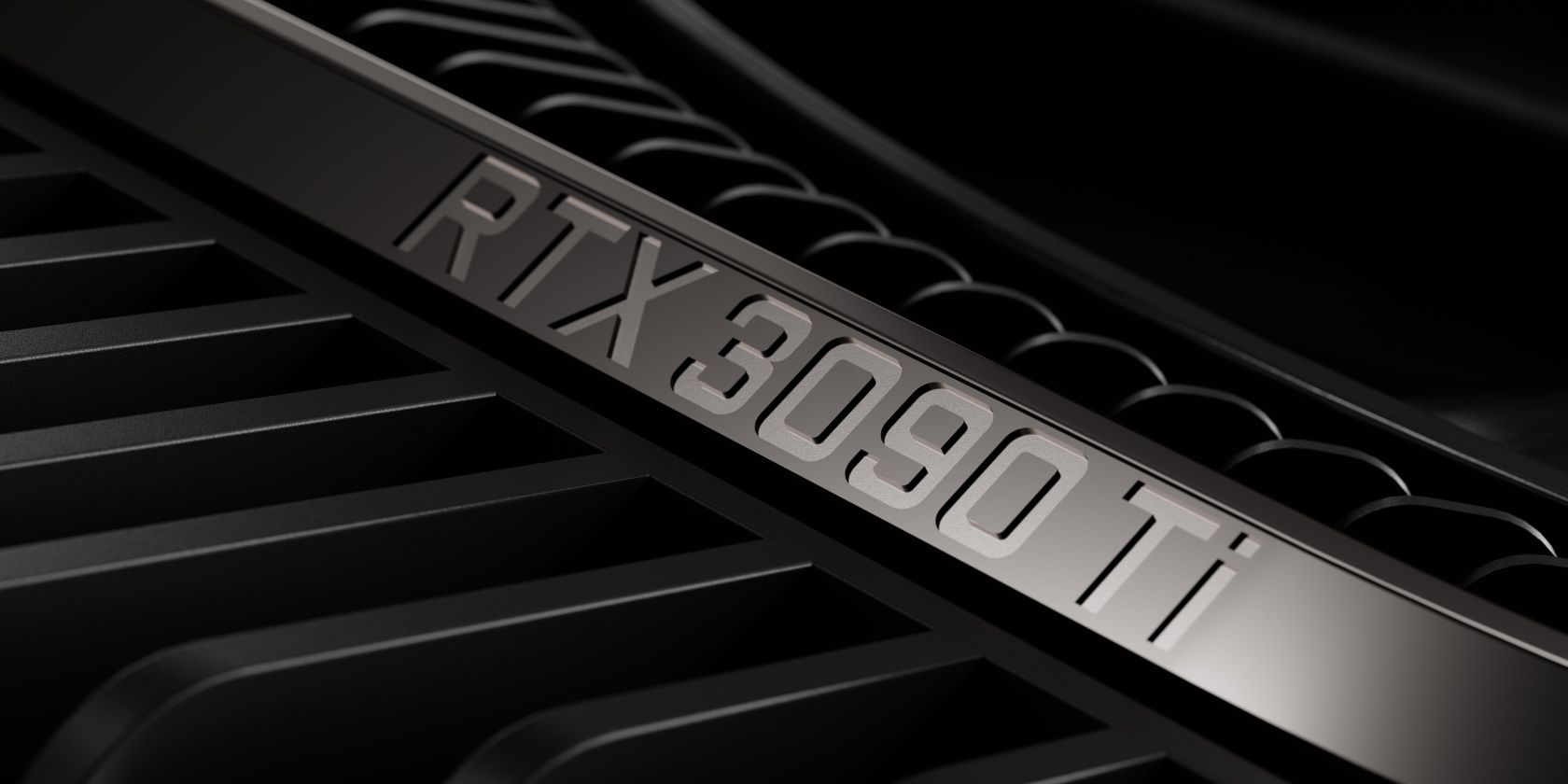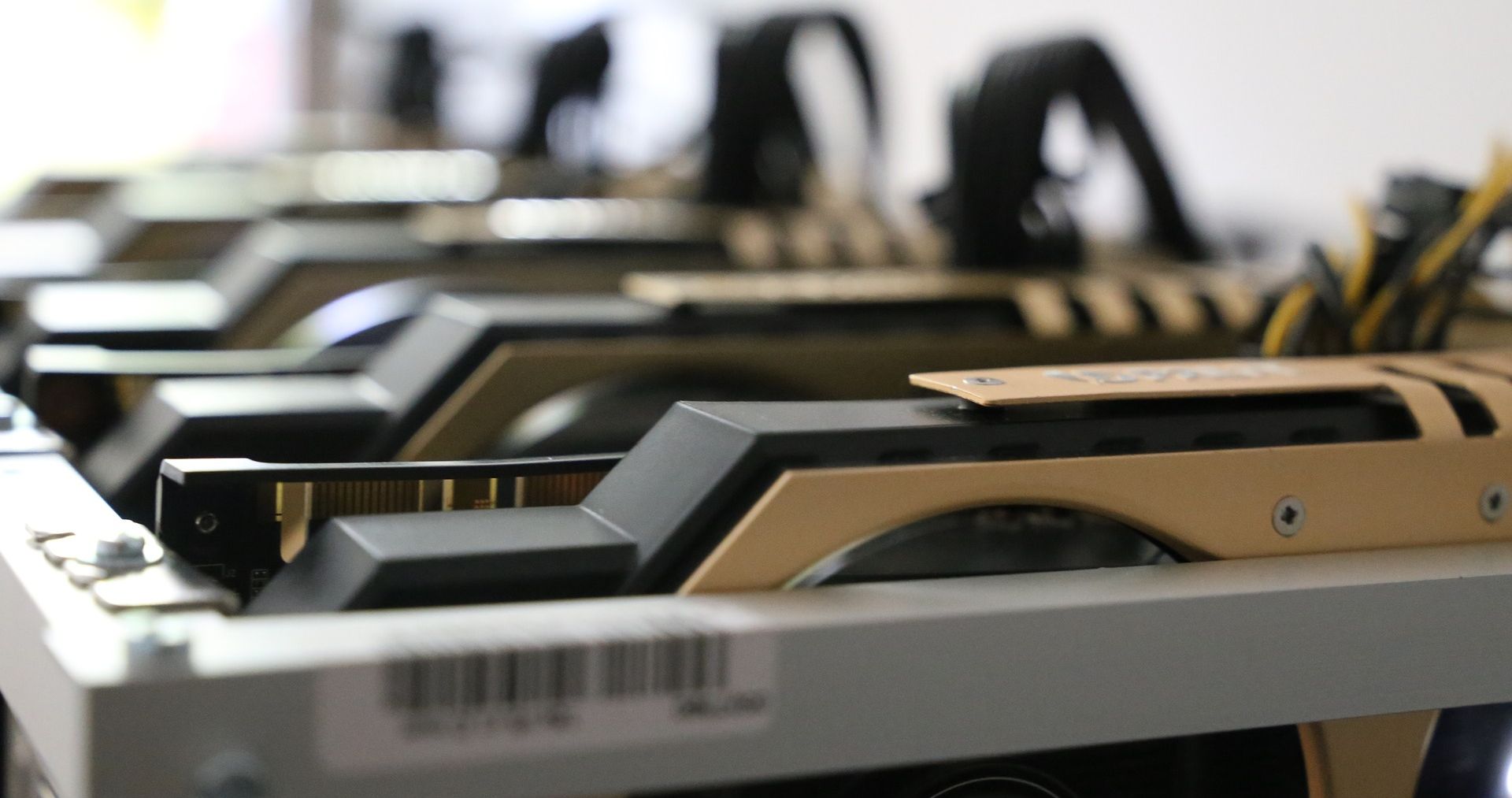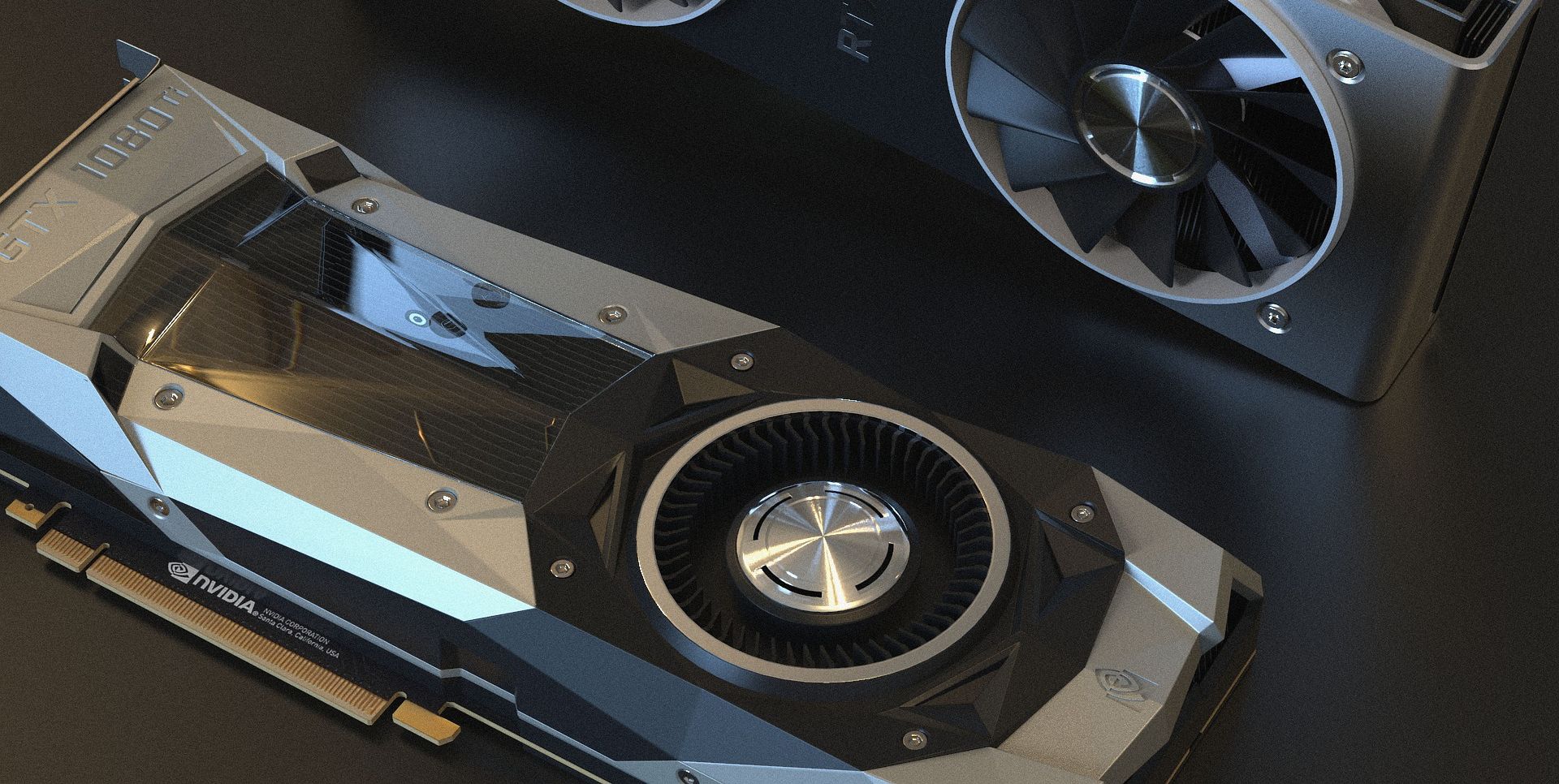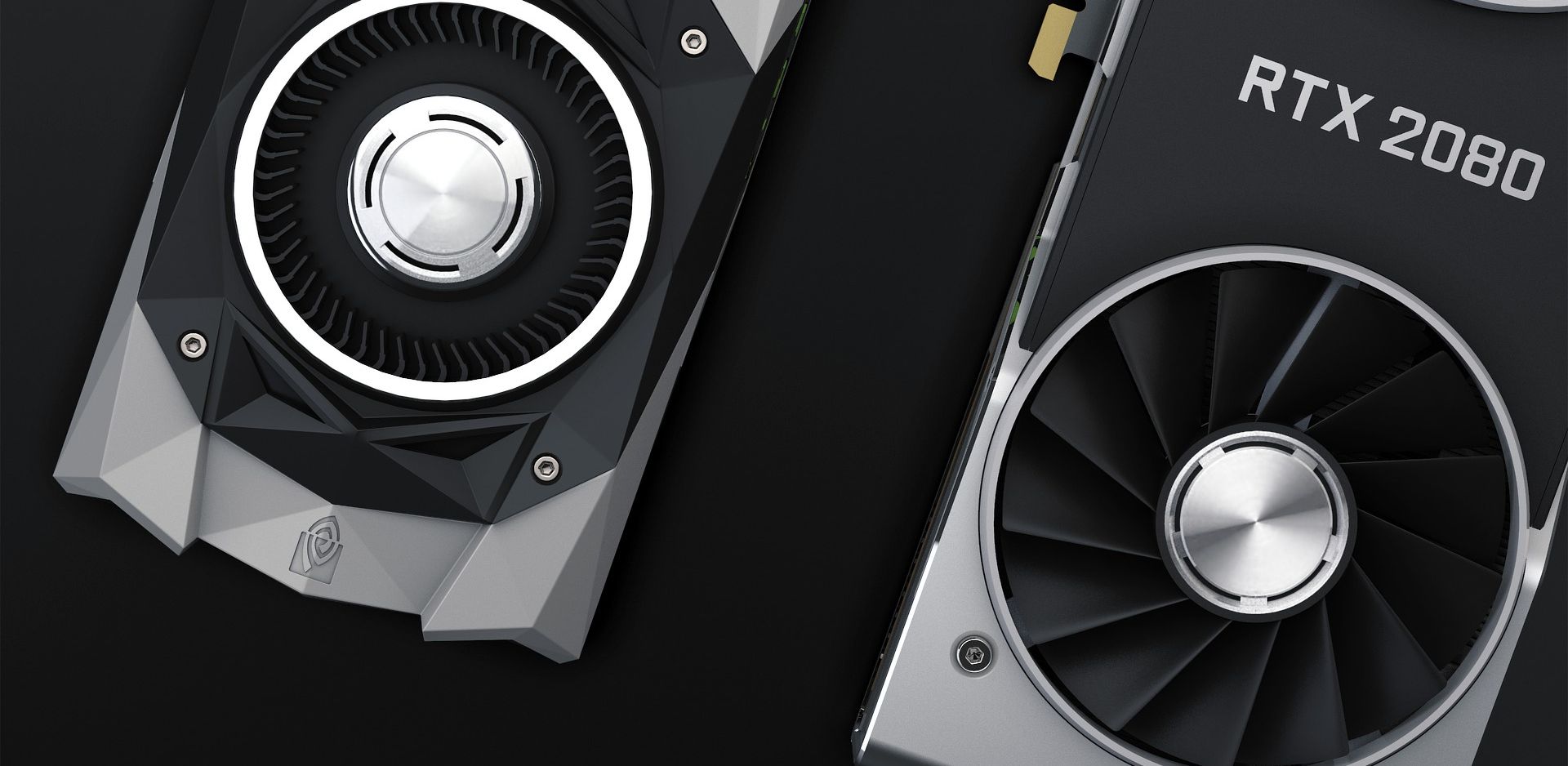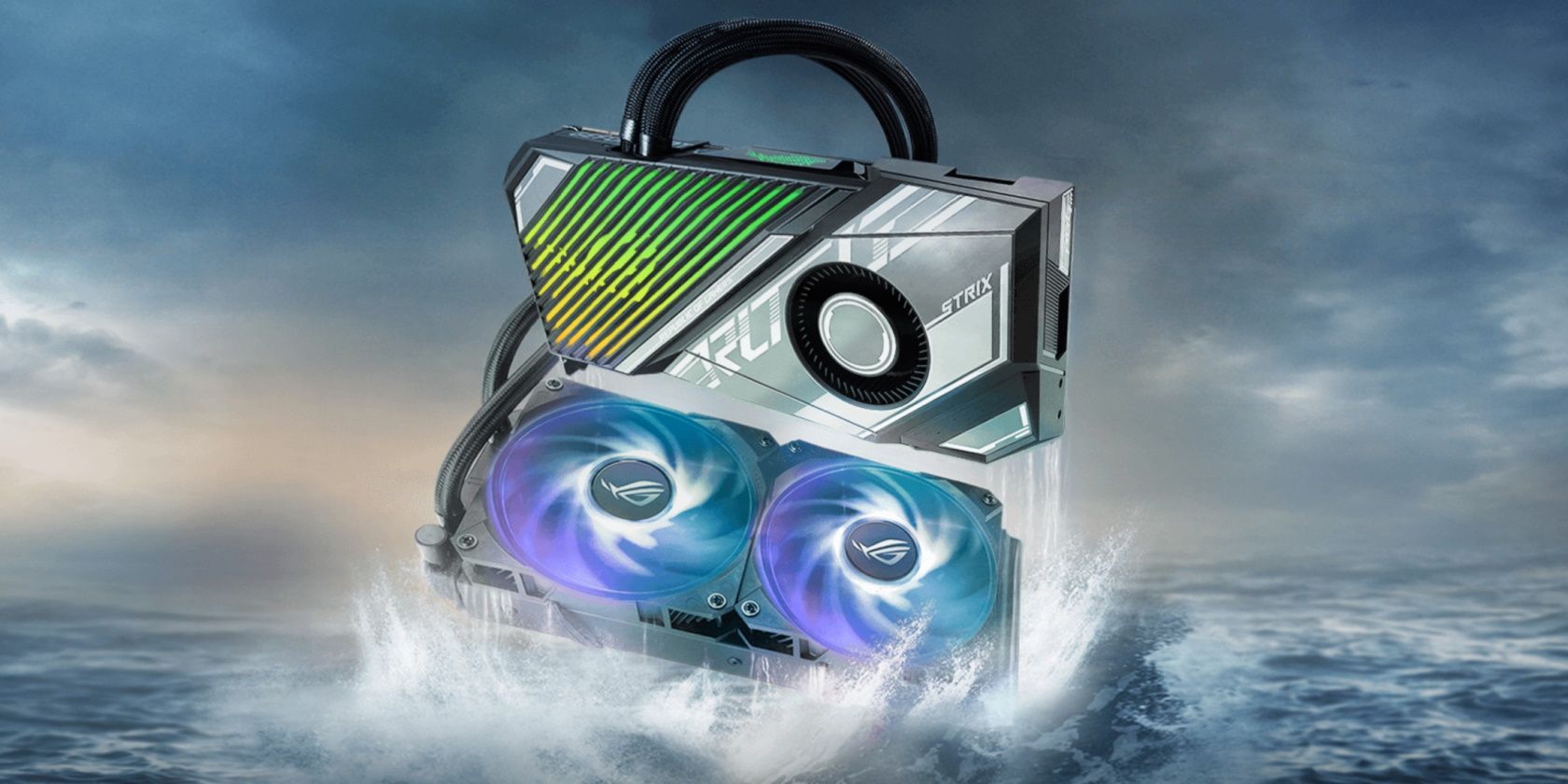There's a growing problem with gaming PCs no one talks about. While it's great to see GPUs getting more and more powerful every generation and making gigantic performance leaps from one generation to another, it's coming at the cost of GPU size.
These days, graphics cards are absolutely massive, with some of them, like the RTX 3090, even coming with triple-slot designs, making it mandatory for prospective PC builders to check if the case they're buying has enough clearance for it.
But what is driving this growth? And more importantly, will they keep getting bigger in future generations?
Why Do GPUs Need to Be Big in the First Place?
We should have in mind there are many parts to a GPU. It's not just the silicon—if it were just the silicon, things would be much easier.
When you remove the shroud in a graphics card and reveal the underlying PCB, you'll find it's pretty much flat. The need for such a big shroud is actually two-fold. On the one hand, to keep a GPU's thermals tamed, you need a big heat sink that can pull heat away from the GPU die and out of the card. Those big fans aren't doing their hard work alone—it needs to be aided by an equally-as-big heat sink to do a decent cooling job.
As you go up the performance chain, you'll notice that it gets increasingly harder to find compact designs the higher-end a GPU is. That's because more powerful cards pull more electricity, and thus, more heat—which means more heatsink space is needed.
On the other hand, it also serves aesthetic purposes. A big part of what's adding to GPU complexity is that OEMs like Asus, Gigabyte, or MSI like to add spice and flair to their GPU. They include things like RGB lights and other decorations in their top-end offerings. Most computer cases these days come with an acrylic or glass window to show the insides, so you might as well make your PC look good from the outside and inside.
Why Are GPUs Getting Bigger, Then?
Remember how we mentioned that the higher-end a graphics card is, the harder it is to find compact versions of it since they put out more heat? Well, that's basically it—the higher-end cards demand more power, and every generation, we're finding that new GPUs are requiring even more power than their direct predecessors.
Take the RTX 3080 Ti, for example. The card's power draw is rated at 350W. By contrast, its predecessor, the RTX 2080 Ti, draws a more acceptable 250W. The non-Ti 3080's power draw is 320W, while the 2080 only needs 215W. There wasn't an RTX 2090 back in the Turing age, but the RTX 3090 Ti is rated to draw 450W of power. The Nvidia Titan RTX, the most powerful non-Quadro Turing card, is rated for 280W.
People are often advised to buy a 1,000W power supply when buying a 3090 Ti, which is just nuts, especially given just how expensive a high-quality power supply over 1,000W is. For other cards, you're good with an 850W or a 750W capacity—they're more affordable, but they're still powerful and power-hungry PSUs.
The massive wattage of these Ampere cards all eventually translates into heat. This is why we're seeing graphics cards arriving in triple-slot sizes. It needs a gargantuan heatsink and high-quality fans to keep up.
Will Graphics Cards Keep Getting Bigger in the Future?
It's too early to know for sure, at least as of the time of writing. Most rumors are saying that the RTX 4000 lineup, due to launch in late 2022, will get another increase in power draw. Of course, this requires even more cooling, which the GPU maker will pass on to customers in the form of even bigger graphics cards.
According to rumors gathered by Hardware Times, the AD102 GPU die, based on the Lovelace architecture and rumored to provide the brains for the RTX 4080 and 4090, will have a power limit of 800W. The AD103, the likely GPU part for the RTX 4070, might sip up to 450W. Power limits aren't necessarily surefire indicators of actual power draw, but this much power headroom indicates Nvidia might be planning to bring power consumption up yet again.
Expect to grab both a big PC case and a potent PSU if you're planning to get yourself an RTX 4000 GPU. If you're getting an RTX 4090, don't be surprised if you need to get yourself a 1000W or even 1200W power supply. For lower-end GPUs, however, you should be okay with 850W or 750W.
What Can I Do to Have a Smaller GPU?
There are ways to go smaller, even on high-end GPUs like the RTX 3090, if you don't mind getting messy with water cooling.
If you're planning to install a water cooling loop and include your GPU on it, you'll find that water blocks from the likes of EK bring thickness and overall size down quite a bit. Depending on what you're using, you might even be able to make it a single-slot GPU.
If you're not feeling like disassembling your GPU and installing a water block on it, though, you can also find AIO options. Companies like Asus, for one, will sell you a GPU with a water block connected to a radiator and a pump, similar to AIO coolers for CPUs.
Granted, if you're going that route, you'll need to make sure your PC can actually fit a radiator (or two if you're also using CPU water cooling). This option tends to be more expensive, as an AIO GPU can set you back an extra $200 or $300 compared to a variant of the same GPU featuring air cooling.
GPUs Are Bigger Because They Require More Power
The primary reason for the ongoing situation is that new GPU generations require more power than ever. And until that gets solved, we'll have to live with graphics cards that get bigger by the day.
If you really must get a thinner video card, you'll have to settle for a lower-end GPU, like a 3060, or get down and dirty with water cooling.

